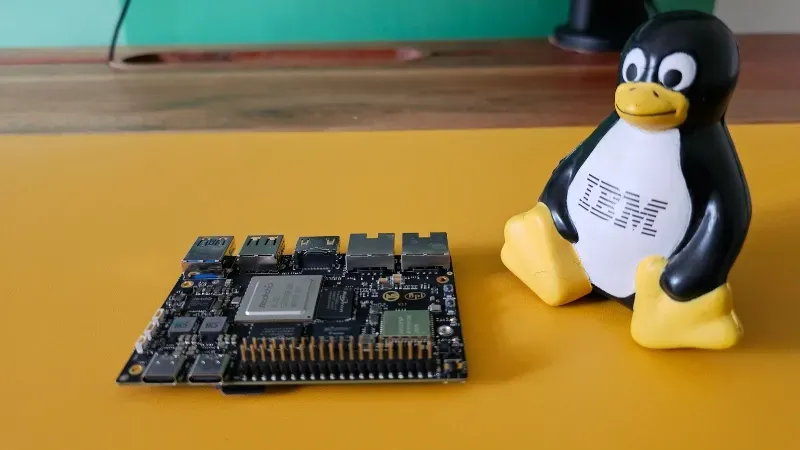Of course, this will be an “it depends on what you want to do” answer. Usually for some low intensity task a standalone Pi may well be best, but if you have something more intensive to process, or you end up like I did, having 5 Raspberry Pi’s running which all do something different, it may also be time to consider other options.
In my own case, I migrated to a Core i5 mini-PC which was better at multitasking, and I’m running 19 Docker containers on that device (Home Assistant, Nginx Proxy Manager, DuckDNS, Jellyfin, FreshRSS, Glances, Heimdall, AdGuard Home, Quassel, Syncthing, etc). It is just easier to manage the updates and the backups, and although it draws more power, it is still less than running 5 or 9 separate Pis. I’m pretty sure, too, that 9 Raspberry Pi’s would also cost more.
But to come back to SBC’s yes, the Armsom Sige7 is an interesting option. It is higher end with everything included and has a Pi compatible GPIO 40-pin connector that allows the use of Raspberry Pi add-on modules for your projects.
There is no easy answer really, and it does mean nowadays that you really do want to some detailed analysis of what you want to achieve, and what options could work for you.
It does usually mean spending a week or so to do all this analysis, but for many this is also the fun part of the process. The decision is going to be lived with for a good 5+ years, so it is worth spending some time on. We’ve heard the saying “measure twice, cut once” and it holds true for this too. Quality Assurance and Project Management both have the same advice around more time spent on planning will reduce effort and cost later on.

